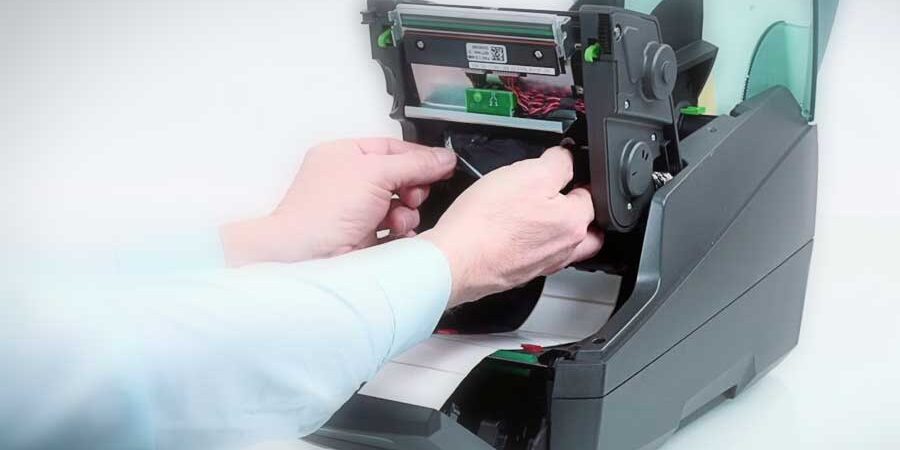Decoding the Mechanics of Label Printers: How They Really Work
In the dynamic world of modern business, efficiency and accuracy are paramount. The printing industry is no exception, and in this sphere, label printers have marked their dominance. But have you ever wondered, how does a label printer work? This piece offers an in-depth look at the functioning of these vital office tools.
Label printers, also known as label makers, are specialized printers that print on self-adhesive label material and card-stock. Often compact, convenient, and easy-to-use, they help streamline the labeling process, making them an essential asset in retail, logistics, healthcare, and other sectors.
The magic of label printing begins with the design process. Users utilize software applications to create custom labels, including barcodes, shipping labels, product tags, and more. This data is then sent to the label printer via wired or wireless connections.
How does label printer work?
A label printer employs one of two main printing technologies: direct thermal (DT) or thermal transfer (TT).
Direct Thermal printing uses heat-sensitive paper. The printer’s printhead contains a multitude of tiny resistive heating pins that come into contact with this special paper. These pins generate heat at different intervals and intensities, determined by the data received. This heat causes a chemical reaction in the paper, making it darken to form the desired image or text.
In Thermal Transfer printing, on the other hand, a ribbon with resin or wax-based ink is sandwiched between the printhead and the label material. The printhead heats up, melting the ink on the ribbon, which then transfers onto the label to produce the desired image or text.
It is important to note that the choice between DT and TT often hinges on the durability of the labels required. DT labels may fade over time or when exposed to heat, making TT the preferred choice for long-lasting labels.
The design and use of label printers are steeped in maximizing efficiency. They are typically designed to hold rolls of labels, allowing for continual printing without the need for constant reloading. Moreover, they are often capable of cutting or perforating the labels post-printing for easy separation.
Label printers also boast speed and precision. Their ability to rapidly generate high-quality labels can be attributed to their resolution, measured in dots per inch (DPI). The higher the DPI, the better the print quality. Standard label printers typically range from 203 DPI to 600 DPI, catering to a broad array of application needs.
Another aspect worth mentioning is the printer’s connectivity options. Modern label printers are designed for versatility and ease-of-use, allowing for connectivity via USB, Ethernet, or Wi-Fi. This enables them to interface with various devices and platforms, making the label printing process more integrated and flexible.
Label printers, with their accuracy and efficiency, are designed to support and improve various business operations. In the retail industry, they streamline price marking and inventory management. In logistics, they enhance the tracking and identification of packages. In healthcare, they ensure patient data and samples are accurately labeled.
In conclusion, the functioning of a label printer is a well-orchestrated process, marrying design and technology to yield efficiency and accuracy. From the initial design process to the final printed label, it is a testament to human innovation. Whether you’re running a small business, a large corporation, or just organizing your home, understanding how a label printer works can help you make the most of this indispensable tool.


